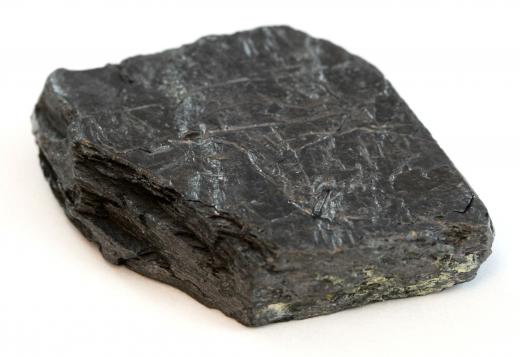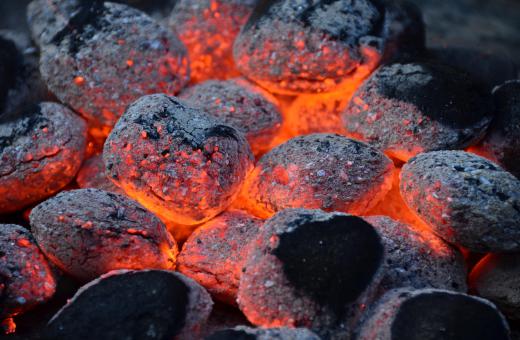What is Elemental Carbon?
The element carbon is a non-metallic material that contains six electrons. Charcoal, a form of carbon, has been used since prehistoric times. The name carbon comes from the Latin word carbo which means charcoal. Carbon can be found in organic material such as plants and animals, and in inorganic materials such as minerals and ores. Elemental carbon refers to the inorganic forms of carbon which can be found in crystalline and amorphous forms.
Crystalline forms have elemental carbon atoms arranged in a regular pattern while the carbon atoms in amorphous forms do not have regular patterns. The two crystalline forms of elemental carbon are diamonds and graphite. Diamond crystalline structure is formed by each carbon atom creating a covalent bond by sharing a pair of electrons with four other carbon atoms. Covalent bonds are the strongest chemical bonds known to mankind. Diamonds are the hardest known substances and the least volatile with a melting point of 6,242°F (3,550°C).

The crystalline structure of graphite is formed by carbon atoms creating tight hexagonal bonds with other atoms in the same plane, and a looser bond between atoms in different planes. A loose bond between planes makes graphite very soft and allows graphite to be used as a lubricant. Unlike diamonds, graphite is a good electrical conductor.
Before 1955, all diamonds came from natural deposits. In 1955, laboratory testing proved that applying high pressure and temperature to graphite in the presence of a catalyst could create synthetic diamonds. Synthetic diamonds mostly are used for industrial purposes.

Amorphous carbon is created when a material containing carbon is burned without sufficient oxygen to allow complete combustion. The resultant black carbon can be used to create dry-cell battery cores, inks, paints, and is a critical element in manufacturing rubber products. Black carbon also is the by-product of forest fires and insufficient combustion of fuels in automobiles, manufacturing plants, and coal-based electric generation. Diesel fuel creates more black carbon than gasoline during combustion. Black carbon can cause both health and environmental problems.

A fine particulate matter that can cause health problems is amorphous elemental carbon. Asthma and chronic bronchitis have been linked to black carbon, and there is some evidence that black carbon or soot may increase the risk for emphysema and lung cancer. Black carbon also is a factor in climate change. Since black carbon remains in the atmosphere for weeks rather than the century that carbon dioxide does, decreasing black carbon emissions is seen as one of the fastest ways to possibly reduce the effects of global climate change.
AS FEATURED ON:
AS FEATURED ON:













Discussion Comments
Atoms of carbon are just all over the Earth and used for just about every biological process. In fact, that's one of the big speculations of science fiction, whether or not an alien species will be carbon-based, like we are and all life on Earth is, or based around another element, like silicon.
And if it is based around another element, how very different life like that could be. Everything we know is based around carbon so it's almost impossible to speculate.
I mean, even apart from the way they look, they are completely different in the way they feel and everything.
I lived in a poor country for a while and people there still make charcoal for cooking stoves and fires, because it will burn much more evenly and it's more portable than bunches of wood.
In order to make charcoal you need to bring the wood up to quite a high temperature. I can well imagine them discovering something had happened to the rocks in among the charcoal afterwards and putting two and two together.
Post your comments